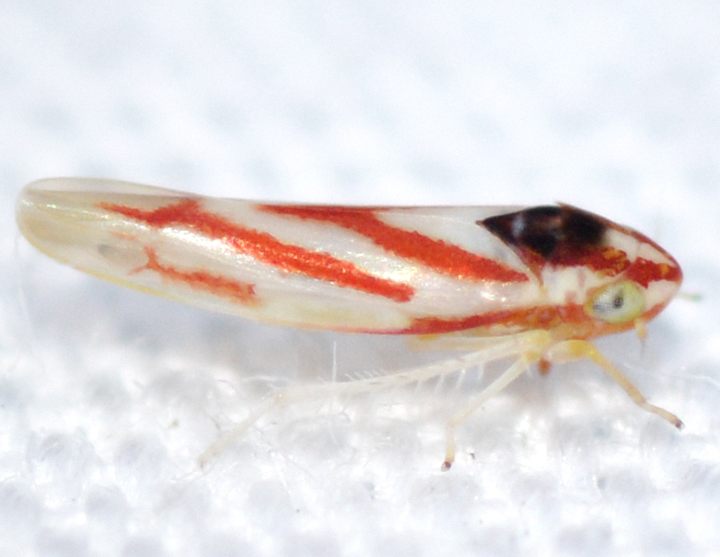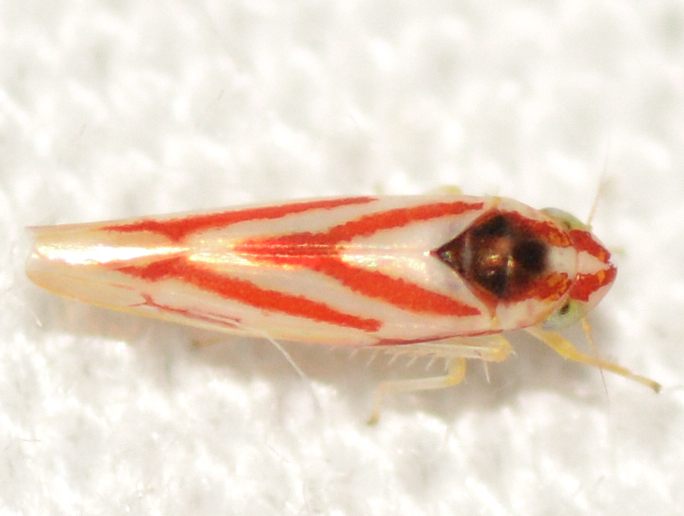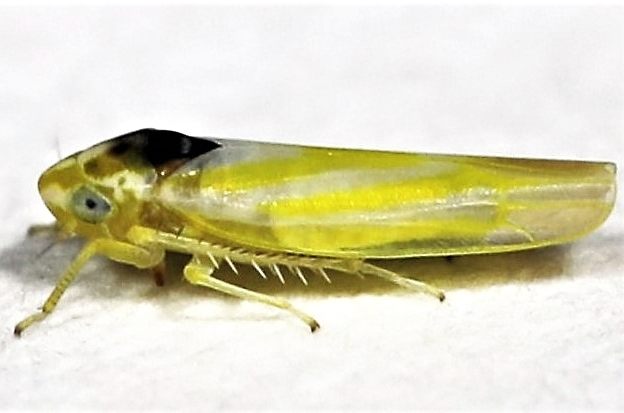
|
|
|
| synonym |
Arboridia pfrimmeri |
| description |
This species has one of the blackest mesonotums of any species in this genus; the mesonotum is so dark that it shows through the pronotum, essentially resulting in a large continuous black patch on the thorax over the scutellum and pronotum. The rest of the body is a pale, whitish color with yellow or reddish-orange lines/marks; the variation in line color is age related, with sexually mature individuals having darker (red) marks. The face is pale, as is the underside of the thorax except for the mesosternum which is dark. Notably, the abdomen is dark dorsally, a key characteristic of this species. Adults are 2.8-3.0 mm long. (Dmitriev & Dietrich, 2009)
For more images of this species, see: BG. |
| distribution |
Eastern United States; fairly rare across its range |
| abundance |
This species has been recorded from a single county in the Piedmont; a rare species. |
| seasonal_occurrence | |
| habitat |
Has been found in mixed hardwood forest. |
| plant associates |
Ulmus alata, Acer pensylvanicum, Quercus nigra, Q. pagodafoliae, Ilex decidua (3I) |
| behavior |
Can be attracted at night with a light. |
| comments |
This is one of several species that have a dark scutellum, and therefore it could be confused with others. These species with a dark scutellum, in order from most to least dark, are: pfrimmeri (BG), penenoeva (BG), noeva (BG), and aspera. E. pfrimmeri and penenoeva have completely dark scutellums, but in the former the scutellum is blackish whereas in the latter it tends to be a dark chestnut-brown color. Additionally, the black mesonotum is visible through the pronotum in pfrimmeri; in penenoeva, the mesonotum does not appear through as dark. E. noeva has a chestnut to reddish-brown scutellum that has dark lateral triangles, contrasting with the black scutellum of pfrimmeri, but like pfrimmeri the dark mesonotum shows through the pronotum. While the scutellum coloration may be similar between E. noeva and E. penenoeva, besides the previously stated differences in the mesonotum being visible through the pronotum, noeva seems to lack small black dots or smudges near the apical veins, whereas penenoeva can have these spots. E. aspera has a brown to dark brown scutellum, and in var. 'kanensis' the upper apical cell of each wing is dark. Finally, and perhaps most importantly, E. noeva has a pale abdomen dorsally, whereas the other three species have dark abdomens dorsally. |
status |
[Native:]
[Introduced:]
[Extirpated:] | | list_type |
[Official:]
[Provisional:] |
| adult_id | Unmistakable and widely known Identifiable from good quality photos of unworn specimens
Identifiable from photos showing undersides, or other specialized views [e.g., legs, face]
Identifiable only by close inspection of structural features or by DNA analysis NULL |
| nymph_id | Unmistakable and widely known Identifiable from good quality photos, especially where associated with known host plants
Identifiable from close inspection of specimens or by DNA analysis
Identifiable only through rearing to adulthood NULL |
| G_rank |
|
| S_rank |
|
| rank_comments |
|
| tribe |
Erythroneurini |
| subgenus |
|
Species Photo Gallery for Erythridula pfrimmeri No Common Name |
 | Photo by: Ken Kneidel
Mecklenburg Co.
Comment: came to UV/CFL lights at night |  | Photo by: Ken Kneidel
Mecklenburg Co.
Comment: came to UV/CFL lights at night |
 | Photo by: Ken Kneidel
Mecklenburg Co.
Comment: came to UV/CFL lights at night |  | Photo by: Ken Kneidel
Mecklenburg Co.
Comment: came to UV/CFL lights at night |
 | Photo by: Ken Kneidel
Mecklenburg Co.
Comment: 2.8 mm male came to UV light at night, wooded residential |  | Photo by: Ken Kneidel
Mecklenburg Co.
Comment: 2.8 mm male came to UV light at night, wooded residential |
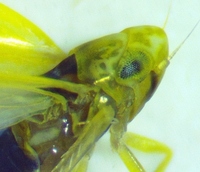 | Photo by: Ken Kneidel
Mecklenburg Co.
Comment: 2.8 mm male came to UV light at night, wooded residential | 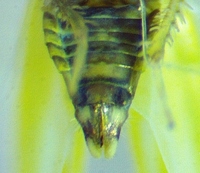 | Photo by: Ken Kneidel
Mecklenburg Co.
Comment: 2.8 mm male came to UV light at night, wooded residential |
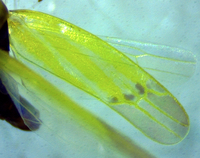 | Photo by: Ken Kneidel
Mecklenburg Co.
Comment: 2.8 mm male came to UV light at night, wooded residential | 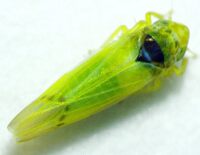 | Photo by: Ken Kneidel
Mecklenburg Co.
Comment: 2.8 mm male came to UV light at night, wooded residential |
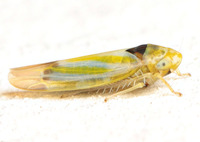 | Photo by:
Out Of State Co.
Comment: |  | Photo by:
Out Of State Co.
Comment: |
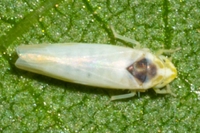 | Photo by: Scott R Bolick
Forsyth Co.
Comment: |  | Photo by: Scott Bolick
Guilford Co.
Comment: |
|

 »
»
